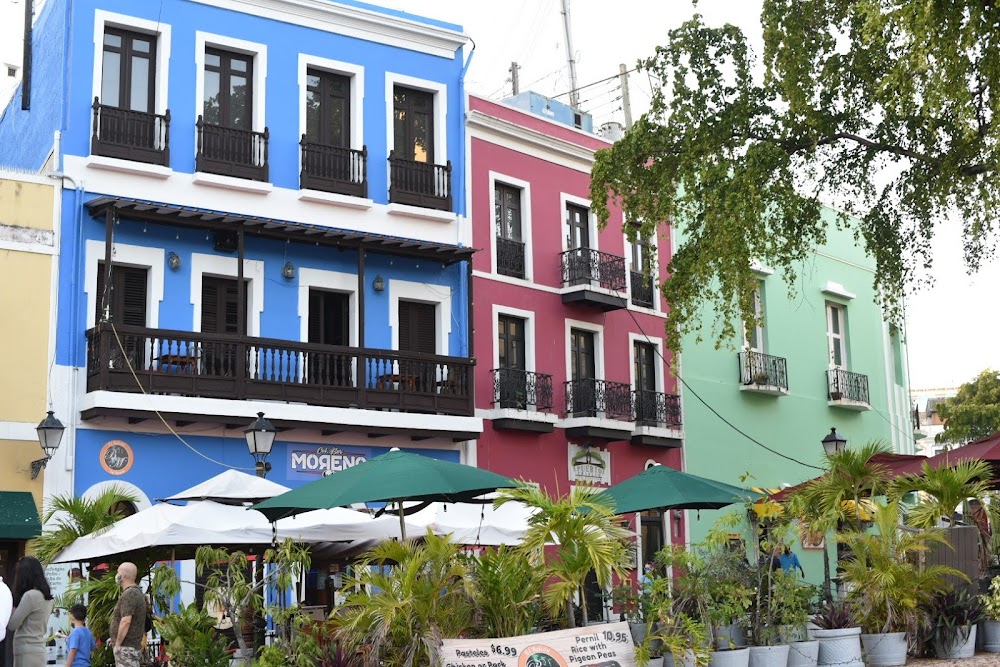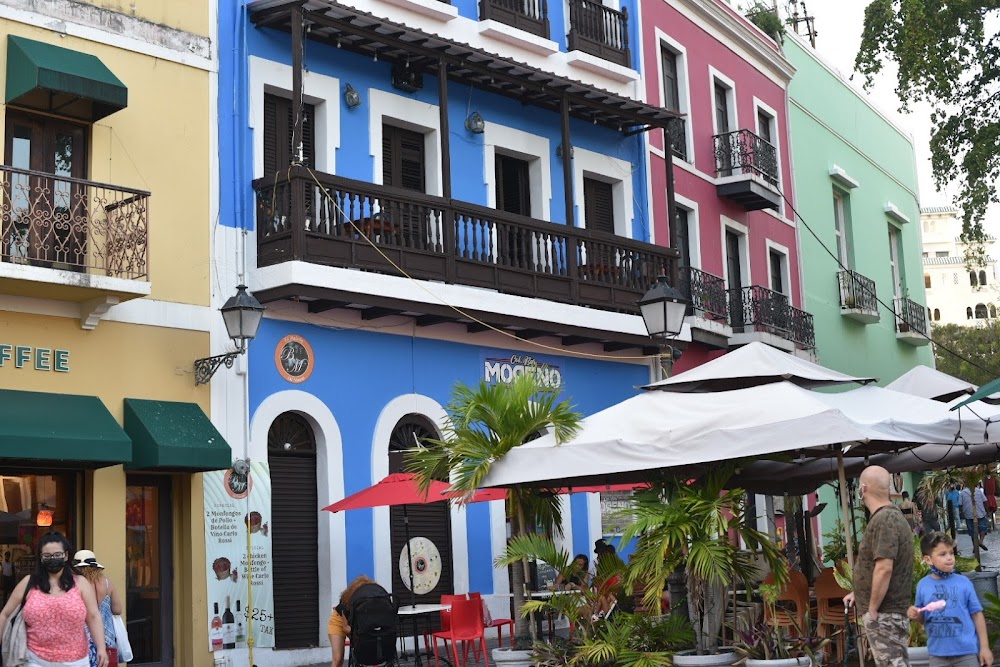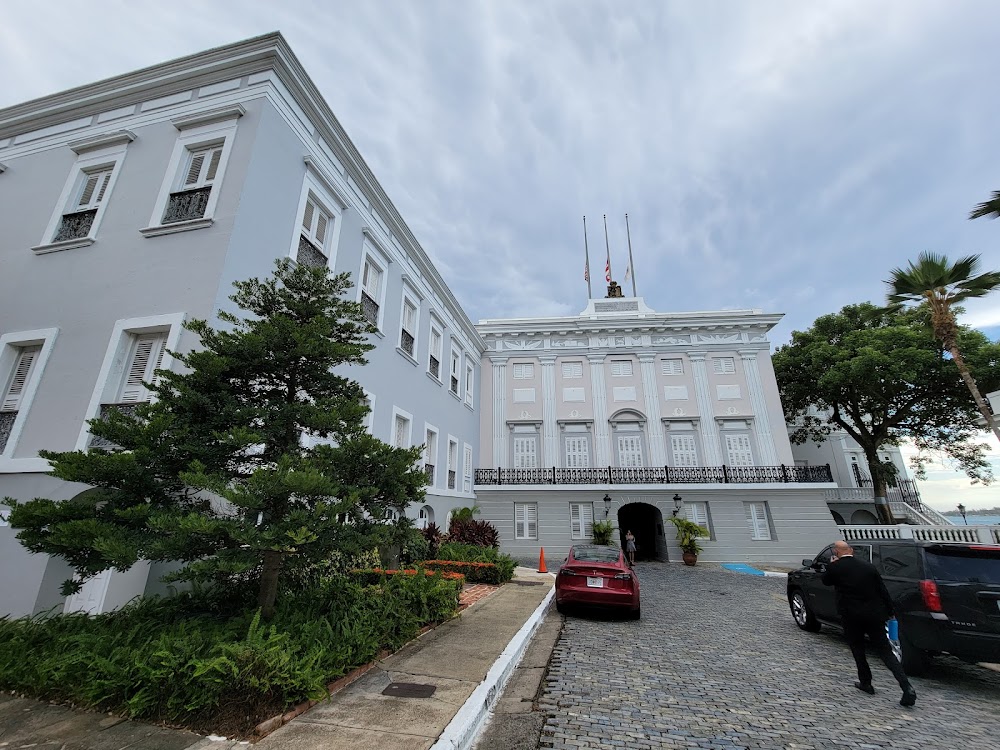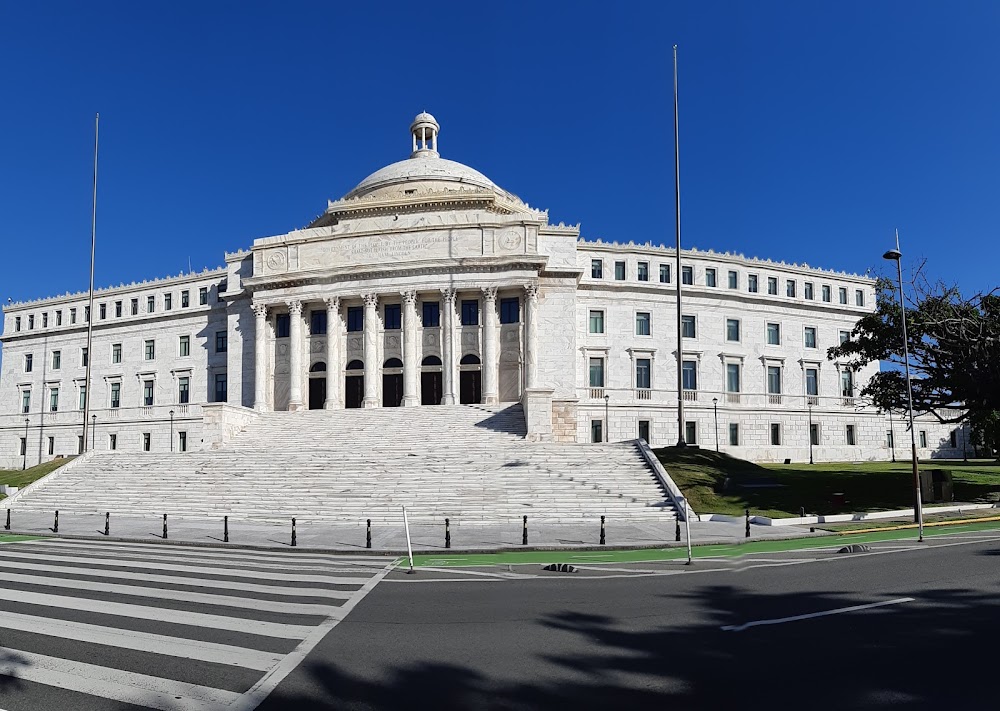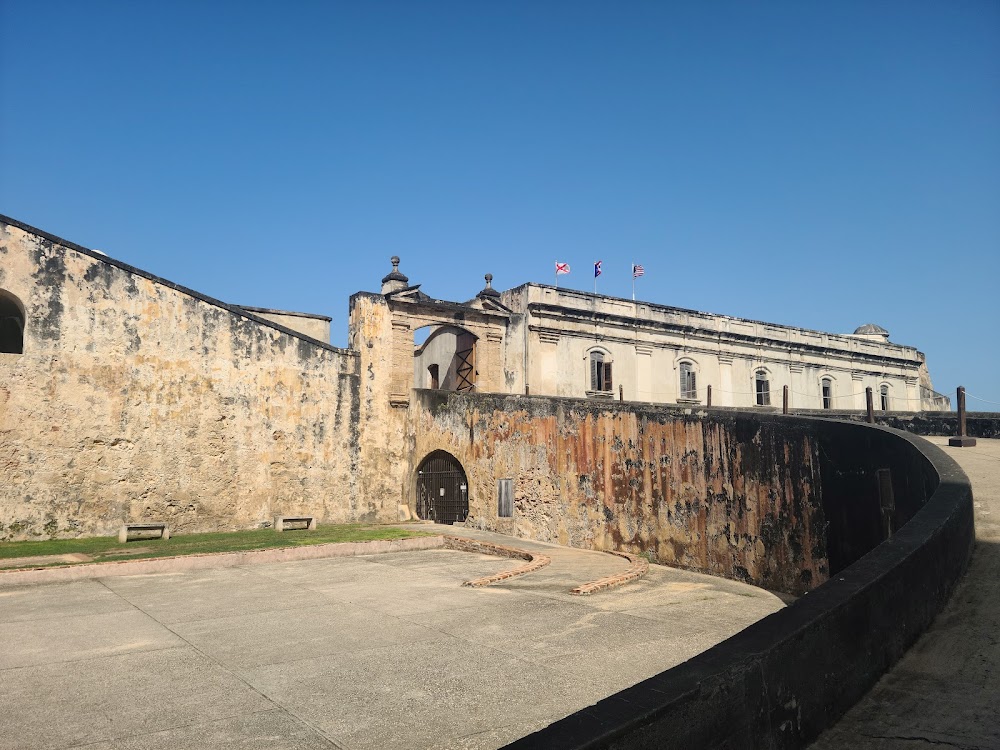Old San Juan (San Juan Antiguo)
Overview
Long ago, explorers sailing the Caribbean seas stumbled upon a stunning island that would come to be known as Puerto Rico. In the early 16th century, this paradise caught the attention of Spanish settlers. In 1508, the adventurous explorer Juan Ponce de León established the island's first settlement, paving the way for the creation of a vibrant city named San Juan.
The Birth of Viejo San Juan
Recognizing the need for protection against potential invaders, the Spanish settlers developed Viejo San Juan, or Old San Juan, in 1521. Nestled on a small, narrow island off Puerto Rico's northeast coast, this bustling area quickly transformed into a lively hub, strategically designed for defense.
Fortifications and Defense
To safeguard their treasures and citizens, the Spanish constructed imposing walls around Viejo San Juan, complemented by massive forts. Among the most renowned is Castillo San Felipe del Morro, affectionately called El Morro, which began construction in 1539. Perched on a high bluff, it offers breathtaking views of the sea and any approaching vessels. Additionally, Castillo de San Cristóbal, initiated in 1634, was built to defend against land attacks. Together, these fortifications made Viejo San Juan a nearly impenetrable stronghold.
A Walk Through History
As you wander the enchanting streets of Old San Juan, you'll find yourself walking on blue cobblestones known as adoquines. These unique stones were crafted from the slag of iron furnaces, originally transported as ballast on Spanish ships. Each step you take is like a step back in time, as these cobblestones hold centuries of history beneath your feet.
The Charm of Colonial Design
The layout of Viejo San Juan is a testament to careful planning, featuring a grid pattern filled with narrow streets and open plazas that embody the essence of a classic Spanish colonial town. The buildings, adorned in vibrant colors and beautiful facades, create a cheerful atmosphere amidst the historical backdrop. Notable structures, such as La Fortaleza, built in 1533, serve as a reminder of the island's rich heritage. Today, it stands as the residence of Puerto Rico's governor, making it one of the oldest executive mansions still in use in the Americas.
Religious Heritage
Religion has played a significant role in the lives of Old San Juan’s inhabitants, evident in the numerous churches scattered throughout the area. Among them, the San Juan Bautista Cathedral, founded in 1521, stands out as one of the oldest buildings in the city. It is also the final resting place of the famed explorer Juan Ponce de León. Visitors are often captivated by its stunningly preserved interiors and the serene spiritual ambiance that envelops the cathedral.
Adapting Through Time
Over the centuries, Viejo San Juan has endured invasions, economic shifts, and changes in governance. After the Spanish-American War in 1898, Puerto Rico became a U.S. territory. Despite these changes, Viejo San Juan has maintained its Spanish roots, continuing to thrive as a historical and cultural landmark.
A Living Historical Gem
Today, Viejo San Juan serves as a vibrant bridge between the past and present. Travelers from around the globe flock to explore its historical sites, immerse themselves in its lively culture, and stroll along its storied streets. The area buzzes with restaurants, shops, museums, and galleries, all while preserving its deep, rich history.
Families and visitors gather in its plazas to share stories, enjoy local music, and soak in the joyous atmosphere that permeates this historical gem. Viejo San Juan's heartbeat is fueled by its community and timeless charm, making it an unforgettable experience for anyone who visits.


